When one atom emits light, they do so in a separate package called a photon. When this light is measured, this discrete or granular nature leads to small brightness fluctuations because two or more photons never emit simultaneously.
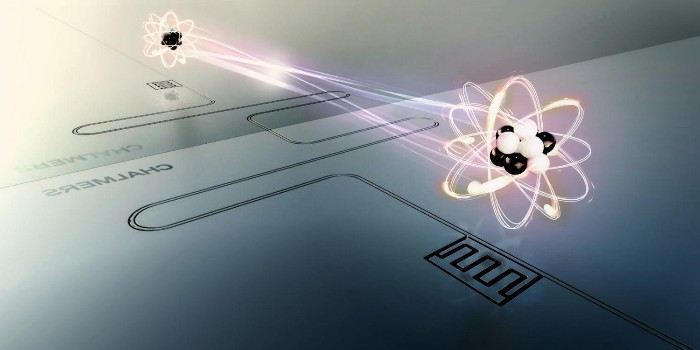

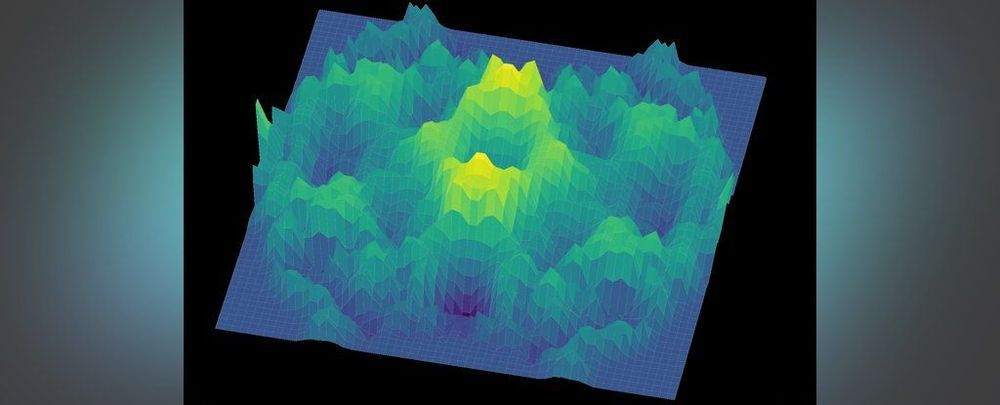
Physicists in the US have discovered a material that could qualify as the first known three-dimensional example of a quantum spin liquid — an exotic theoretical phase of matter.
Quantum spin liquids were first predicted by scientists back in the 1970s. While researchers have studied them for decades, these phases largely remain a theoretical concept, although that’s not the same as saying they don’t exist.
To confuse you further, quantum spin liquids aren’t actually liquids, but a kind of solid, magnetic matter that exhibits a strange form of behaviour at the subatomic particle level, specifically in terms of its electrons.
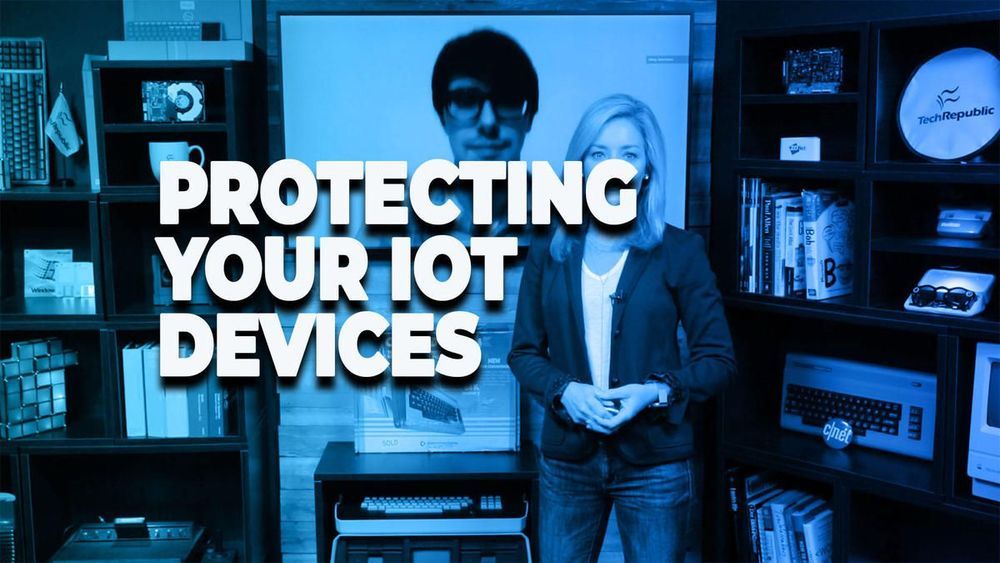
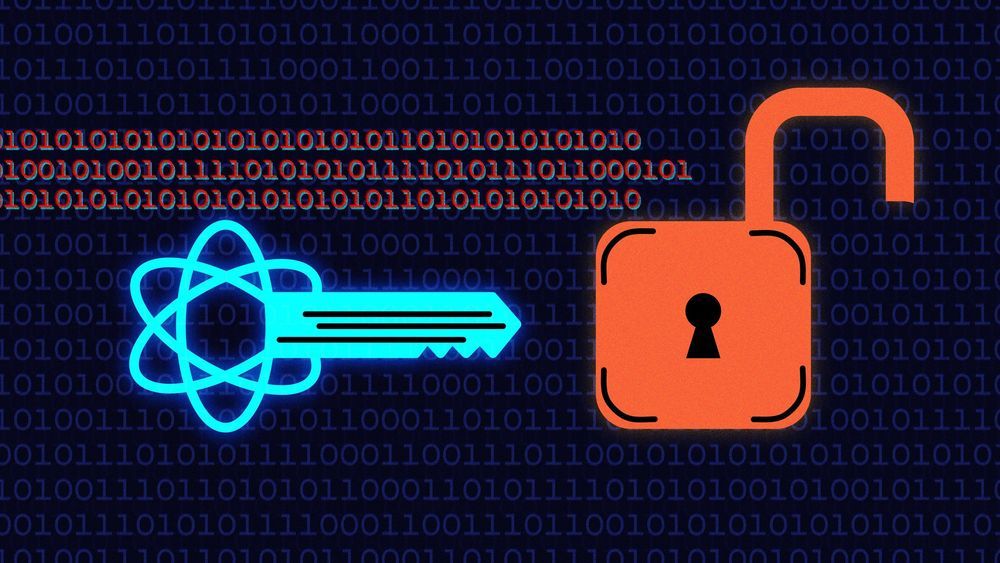
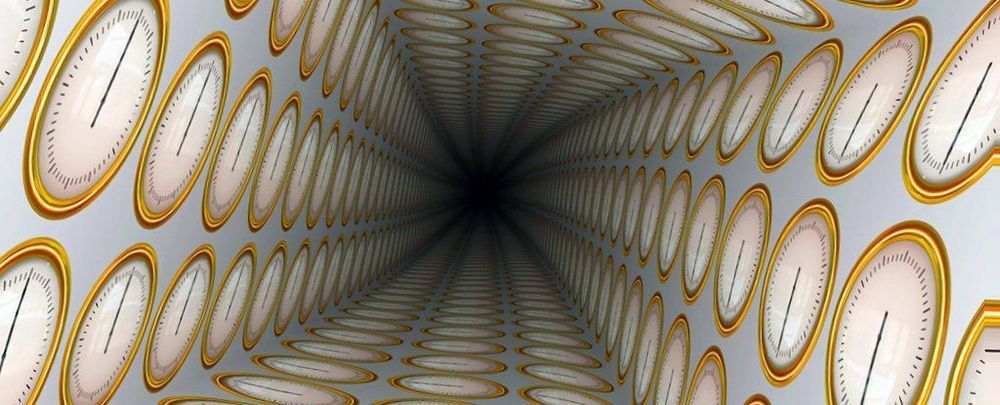
It’s easy to take time’s arrow for granted — but the gears of physics actually work just as smoothly in reverse. Maybe that time machine is possible after all?
An experiment earlier this year shows just how much wiggle room we can expect when it comes to distinguishing the past from the future, at least on a quantum scale. It might not allow us to relive the 1960s, but it could help us better understand why not.
Researchers from Russia and the US teamed up to find a way to break, or at least bend, one of physics’ most fundamental laws on energy.

Hailed as a pioneer by Photonics Media for his previous discoveries of supercontinuum and Cr tunable lasers, City College of New York Distinguished Professor of Science and Engineering Robert R. Alfano and his research team are claiming another breakthrough with a new super-class of photons dubbed “Majorana photons.” They could lead to enhanced information on quantum-level transition and imaging of the brain and its working.
Alfano’s group based its research on the fact that photons, while possessing salient properties of polarization, wavelength, coherence and spatial modes, take on several forms. “Photons are amazing and are all not the same,” Alfano says.
Their focus “was to use a special super-form of photons, which process the entanglement twists of both polarizations and the wavefront … and would propagate deeper in brain tissues, microtubules and neuron cells, giving more fundamental information of the brain than the conventional photon forms.”
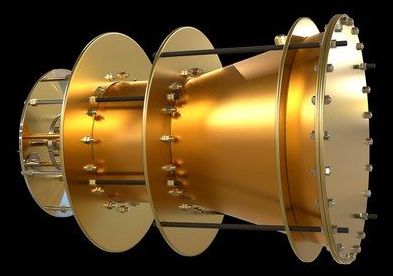
Spaceflight is hard. Blasting heavy cargo, spacecraft, and maybe people to respectable speeds over interplanetary distances requires an amount of propellant too massive for current rockets to haul into the void. That is, unless you have an engine that can generate thrust without fuel.
It sounds impossible, but scientists at NASA’s Eagleworks Laboratories have been building and testing just such a thing. Called an EmDrive, the physics-defying contraption ostensibly produces thrust simply by bouncing microwaves around inside a closed, cone-shaped cavity, no fuel required.
The device last made headlines in late 2016 when a leaked study reported the results of the latest round of NASA testing. Now, independent researchers in Germany have built their own EmDrive, with the goal of testing innovative propulsion concepts and determining whether their seeming success is real or an artifact.
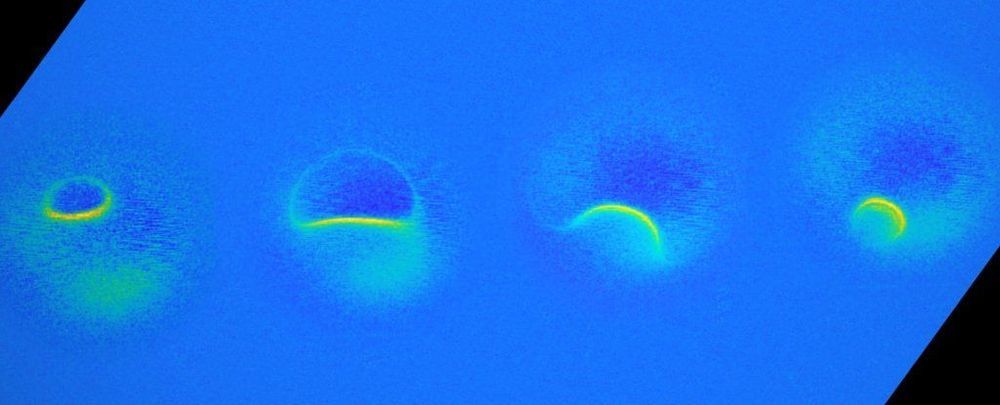
Using a new technique, scientists have performed the world’s smallest magnetic resonance imaging to capture the magnetic fields of single atoms. It’s an incredible breakthrough that could improve quantum research, as well as our understanding of the Universe on subatomic scales.
“I am very excited about these results,” said physicist Andreas Heinrich of the Institute for Basic Sciences in Seoul. “It is certainly a milestone in our field and has very promising implications for future research.”
You’re probably most familiar with magnetic resonance imaging, or MRI, as a method used to image internal body structures in medicine. An MRI machine uses highly powerful magnets to induce a strong magnetic field around the body, forcing the spin of the protons in the nuclei of your body’s hydrogen atoms to align with the magnetic field, all without producing side-effects.
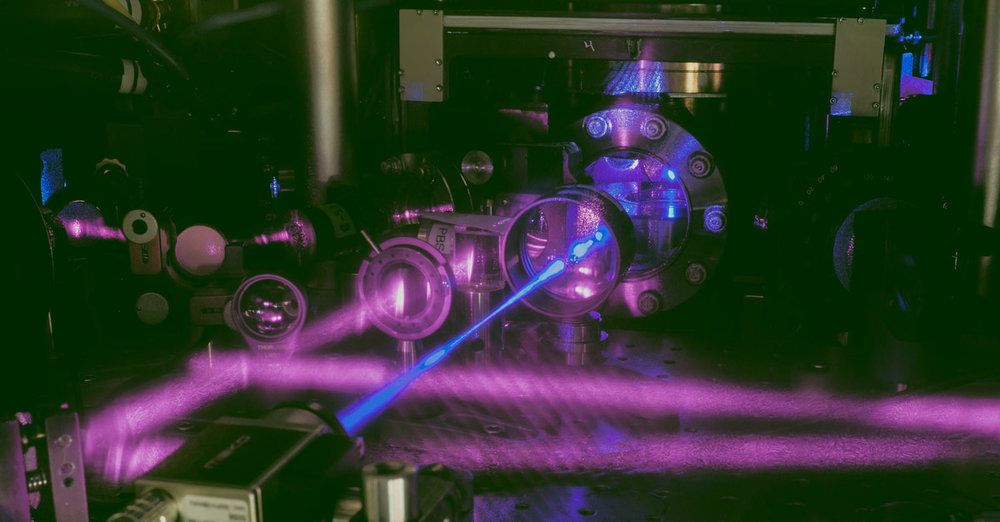
Atom Computing is building quantum computers using individually controlled atoms.
Ben has shown that neutral atoms could be more scalable, and could build a stable solution to create and maintain controlled quantum states. He used his expertise to lead efforts at Intel on their 10nm semiconductor chip, and then to lead research and development of the first cloud-accessible quantum computer at Rigetti.

Science, Space & Robotics News | Posted: 9 hours, 42 mins ago.
Comment | Email to a Friend | Font Size: AA.